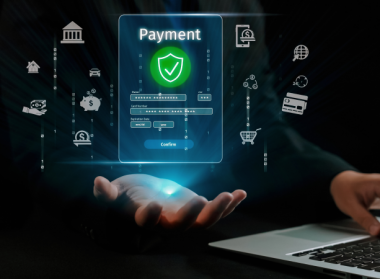Optical character recognition, or OCR, as we know it was first developed in 1974 by Ray Kurzweil.
His company developed the first omni-font OCR, OCR that could work with virtually any font, as a way to assist the visually challenged by scanning information and converting it to digital audio.
However, it didn’t become popular until the early 1990s when it began to be used to digitize newspapers and other historical documents.
Though early versions of most OCR tools had accuracy issues, the technology has been perfected over the years, with many OCR software applications now offering near-perfect accuracy when reading and extracting data from documents.
Before OCR technology existed, the only way to create a digital format of a document was to use manual data entry, which often resulted in inaccurate data and numerous typos.
Today, OCR is used in businesses for a variety of reasons.
One area that has benefitted from using OCR technology is accounts payable, where OCR invoice processing can be used to extract data from invoices directly into an accounting software application without the need to enter invoice data manually.








